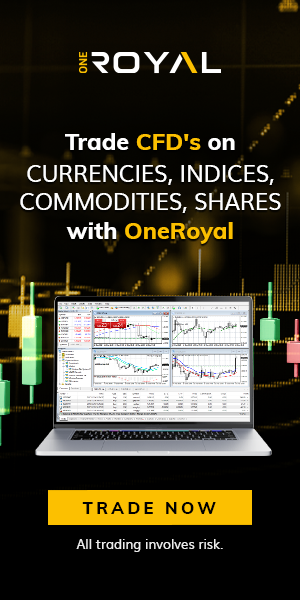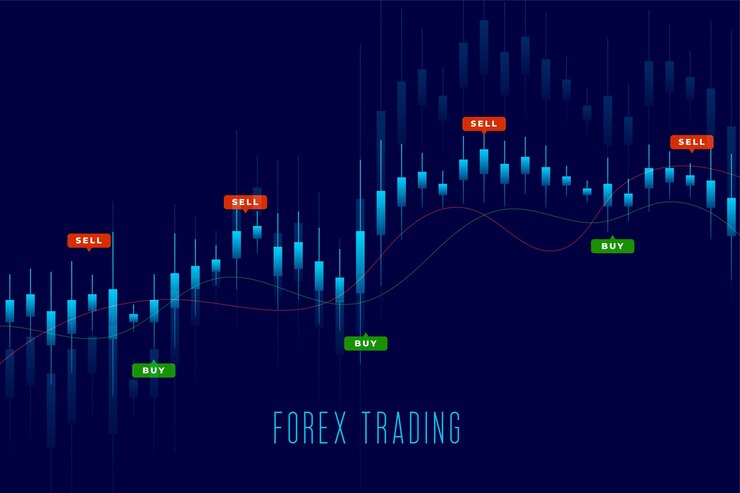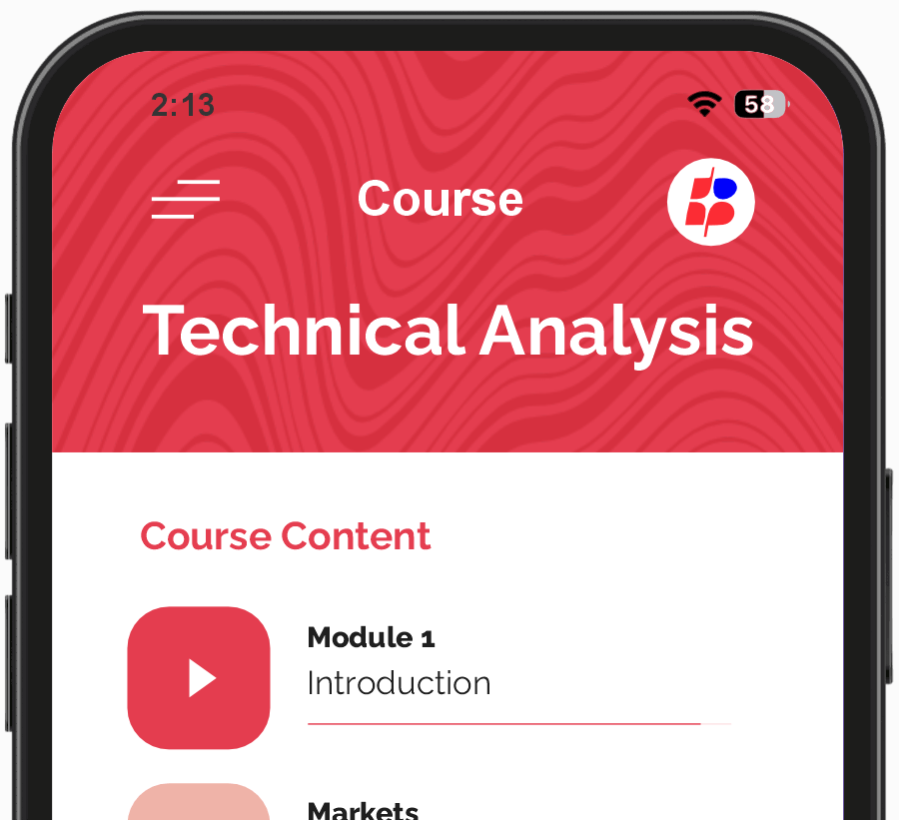The Kase Peak Oscillator (KPO) is a momentum-based technical analysis tool designed to identify market turning points, overbought/oversold conditions, and potential trade entries and exits.
Developed by Cynthia Kase, this oscillator builds upon traditional momentum indicators, offering traders more precise signals for price trends and reversals.
In This Post
Description
The Kase Peak Oscillator is an advanced version of the traditional momentum oscillator. It smooths out price data and highlights peaks and troughs in market momentum, helping traders identify when a trend is weakening or gaining strength. The KPO achieves this by measuring the rate of change in price movements, adjusting for volatility, and signaling potential market reversals.
The indicator’s design helps traders spot peaks (overbought conditions) and troughs (oversold conditions) with greater accuracy than standard oscillators, such as the Relative Strength Index (RSI) or the Moving Average Convergence Divergence (MACD).
Components
Oscillator Line: This is the primary line that tracks momentum shifts.
Peak/Trough Markers: Visual markers that highlight potential reversal points in the market, helping traders spot overbought and oversold conditions.
Threshold Levels: Horizontal levels that signal when the market is nearing overbought or oversold levels.
Techniques for Using the Kase Peak Oscillator in Forex
1. Identify Overbought and Oversold Conditions
The primary function of the Kase Peak Oscillator is to help traders identify overbought and oversold conditions.
When the oscillator reaches a high peak above a specified threshold level, it signals that the market is overbought, potentially indicating an upcoming reversal.
Conversely, a low trough below the threshold suggests that the market is oversold and might rebound.
How to Apply
Ii. Overbought: When the KPO peaks and surpasses a predefined level (such as +1.5), traders should consider selling or closing long positions, as it indicates a potential downtrend.
Ii. Oversold: When the KPO forms a deep trough below a predefined level (such as -1.5), traders might consider buying or closing short positions, anticipating an upward reversal.
2. Spot Divergences for Reversals
Divergence occurs when the price of a currency pair moves in the opposite direction of the Kase Peak Oscillator. This is a powerful signal indicating a potential market reversal. Divergences can be bullish or bearish.
- Bullish Divergence: The price makes a lower low, but the oscillator makes a higher low, signaling a potential upward reversal.
Ii. Bearish Divergence: The price makes a higher high, but the oscillator makes a lower high, indicating a possible downward reversal.
How to Apply
I. Use divergence signals alongside other indicators, like moving averages or trend lines, to confirm potential reversals.
Ii. For a bullish divergence, consider entering a buy position when the KPO forms a higher low while the price continues to make new lows.
Iii. For a bearish divergence, prepare to sell when the oscillator fails to reach new highs while the price makes a higher high.
3. Confirm Trend Continuation
In addition to spotting reversals, the KPO can be used to confirm trend continuation. If the oscillator moves steadily without peaking or troughing, it suggests that the current trend has momentum and will likely continue.
How to Apply
When the Kase Peak Oscillator shows consistent movement without sharp peaks or troughs, it indicates that momentum is strong in the current trend.
Enter a trade in the direction of the trend once you see confirmation from other technical indicators, such as moving averages or trend lines.
4. Using KPO in Conjunction with the Kase DevStop Indicator
The Kase DevStop indicator, often used alongside the KPO, is a volatility-based stop-loss system that helps traders manage risk in volatile markets. The KPO identifies entry and exit points, while the DevStop provides clear stop-loss levels based on market volatility.
How to Apply
Once the KPO signals a potential trade, use the DevStop to set your stop-loss level. This ensures you are managing your risk appropriately, especially in high-volatility markets.
Combine the KPO and DevStop for clearer trade entries, exits, and risk management strategies.
5. Time Frame Selection
The KPO works well across different time frames, from short-term trading (e.g., 5-minute or 15-minute charts) to long-term analysis (e.g., daily or weekly charts).
However, it is essential to adjust the indicator settings depending on the time frame used.
How to Apply
For day traders, shorter time frames like 5-minute or 15-minute charts may provide quicker signals for scalping or short-term trades.
Swing traders may find the KPO more effective on daily or 4-hour charts, where momentum shifts are more pronounced and reliable.
Comparisons of Kase Peak Oscillator with Other Oscillators
KPO and RSI (Relative Strength Index)
While both the KPO and the RSI identify overbought and oversold conditions, the KPO offers more detailed smoothing, making it less prone to false signals than the RSI.
The KPO’s peak/trough markers provide clearer visual cues for traders, while the RSI’s fixed overbought/oversold levels can sometimes produce misleading signals in volatile markets.
KPO vs. MACD (Moving Average Convergence Divergence)
The MACD focuses more on identifying changes in trend direction, while the KPO is more effective at highlighting short-term overbought and oversold conditions.
The KPO’s ability to capture peak momentum shifts gives it an advantage for traders looking for reversal signals, whereas the MACD excels in spotting trend continuations.
Advantages of the Kase Peak Oscillator
Smoother Signals: The KPO smooths out price data to minimize noise and provide clearer signals.
Versatility: It can be used across different time frames and markets, making it ideal for various trading styles.
Precise Peaks and Troughs: The oscillator’s peak and trough markers offer more precise identification of overbought/oversold levels than other traditional oscillators.
Limitations of the Kase Peak Oscillator
Lagging Indicator: Like most oscillators, the KPO is a lagging indicator, meaning it might not always predict market reversals in real time. Traders should use it alongside other indicators for confirmation.
Not Suitable for Strong Trends: The KPO works best in range-bound markets where price oscillates. It may generate false signals in strong trending markets.
Frequently Asked Questions
1. Can the Kase Peak Oscillator be used in combination with other indicators?
Yes, the Kase Peak Oscillator is often used alongside other indicators, such as moving averages, the Kase DevStop, and Bollinger Bands, to confirm signals and enhance trading strategies.
2. What time frames work best for the Kase Peak Oscillator?
The KPO can be used on various time frames, from short-term (5-minute charts) to long-term (daily or weekly charts). Adjust the settings based on your preferred trading style and time horizon.
3. How does the KPO compare to traditional momentum oscillators like RSI or MACD?
The KPO offers smoother signals and more precise peak/trough markers than the RSI, and it excels at identifying overbought/oversold conditions compared to the MACD, which is more focused on trend direction.
Conclusion
The Kase Peak Oscillator is a powerful tool for identifying overbought and oversold conditions, as well as market reversals.
When used alongside other technical analysis tools, it can provide traders with more reliable entry and exit points.
To maximize its effectiveness, traders should integrate the KPO into a broader trading strategy that considers risk management, market conditions, and trend analysis.




